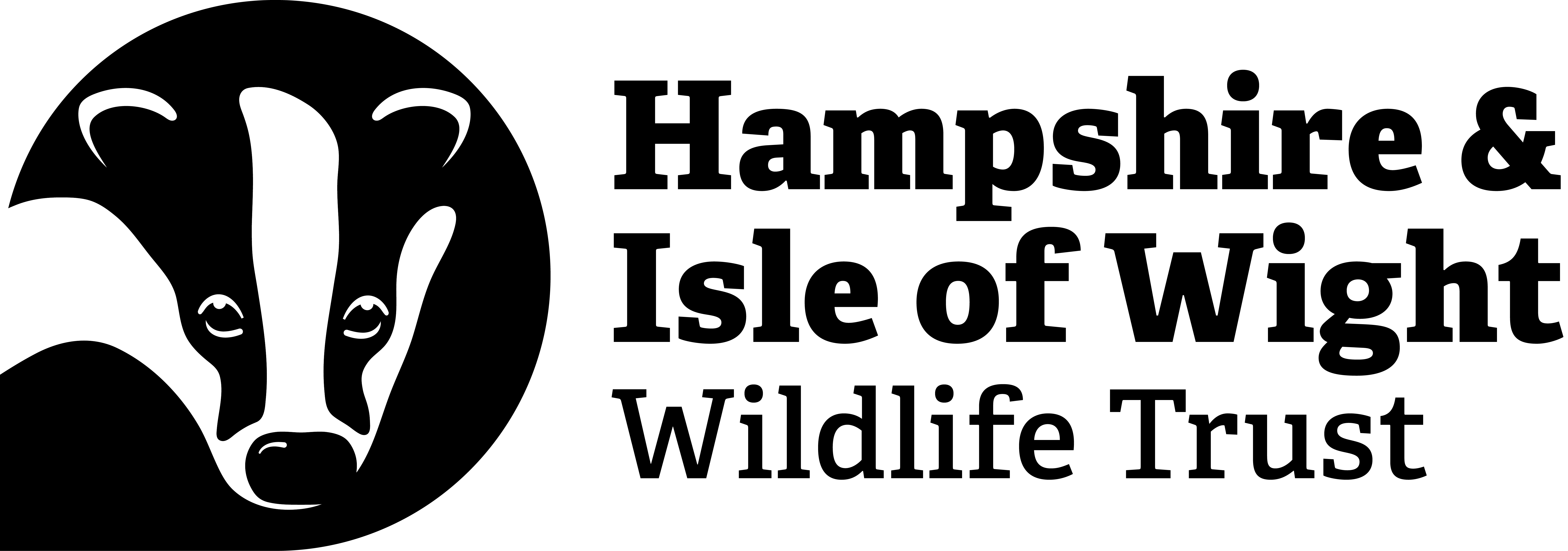Beneath the waves of our coasts lies a habitat you might never have seen, but one we can’t afford to lose: seagrass. These underwater meadows are one of the most valuable ecosystems on Earth - and among the most threatened.
Seagrass may not have the star power of coral reefs or rainforests, but its impact is profound. These gentle green blades stabilise the seabed, filter the water, protect our coastlines from erosion, and absorb carbon. Crucially, they also act as underwater nurseries for a variety of marine life - from pipefish and cuttlefish to the elusive thornback ray.
And yet, across the UK, up to 92 per cent of our seagrass meadows have vanished over the past century. Widespread loss has been driven by disease, pollution, dredging, and anchor damage. Where lush beds once thrived, many areas are now bare.
But the tide may be turning. At Hampshire and Isle of Wight Wildlife Trust, we’re working with partners to bring seagrass back to the Solent through region-wide efforts to restore our marine habitats with Solent Seascape Project, and the Solent Seagrass Restoration Project.



